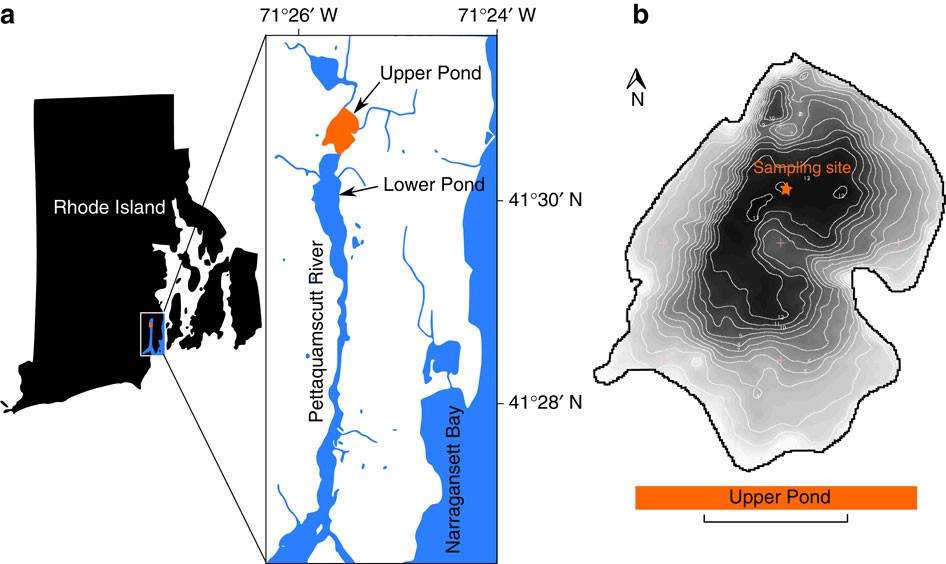

The observation that chemically stratified euxinic basins host thriving populations of MTB 3, 4, 5, 6, 7 has led to the proposition that magnetosomes are an important component of the euxinic system iron cycle and can serve as biomarkers of past ocean redox shifts 8, 9. Since the discovery of magnetotactic bacteria (MTB) 50 years ago 1, 2, these microorganisms have continued to captivate the attention of geoscientists with their remarkable diversity, metabolic flexibility, magnetism and ubiquity. Lastly, a comparison between the MTB-associated iron flux in the investigated estuary and the pyritic-Fe flux in the Black Sea suggests MTB play an important, but heretofore overlooked role in euxinic marine system iron cycle. Furthermore, in stark contrast to putative Neogene greigite magnetofossil records, the coercivity distributions for greigite-producing MTB are fundamentally left-skewed with a lower median. We find that compared with magnetite-producing MTB cultures, FMR spectra of uncultivated MTB are characterized by a wider empirical parameter range, thus complicating the use of FMR for fossilized magnetosome (magnetofossil) detection. Here we have collected uncultivated magnetite- and greigite-producing MTB to determine their magnetic coercivity distribution and ferromagnetic resonance (FMR) spectra and to assess the MTB-associated iron flux. Of the two nanocrystal (magnetosome) compositions biosynthesized by magnetotactic bacteria (MTB), the magnetic properties of magnetite magnetosomes have been extensively studied using widely available cultures, while those of greigite magnetosomes remain poorly known.


 0 kommentar(er)
0 kommentar(er)
